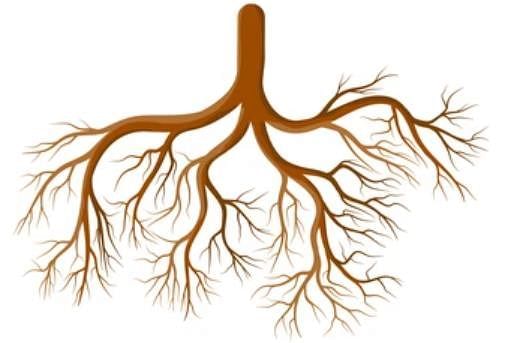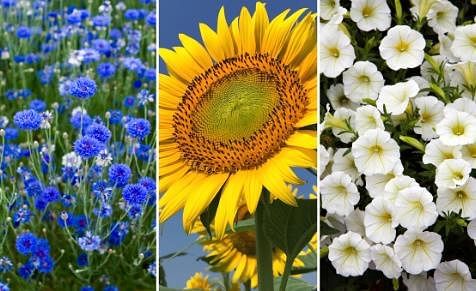Class 4 Exam > Class 4 Tests > Olympiad Test: Plant Life -1 - Class 4 MCQ
Olympiad Test: Plant Life -1 - Class 4 MCQ
Test Description
15 Questions MCQ Test - Olympiad Test: Plant Life -1
Olympiad Test: Plant Life -1 for Class 4 2025 is part of Class 4 preparation. The Olympiad Test: Plant Life -1 questions and answers have been prepared
according to the Class 4 exam syllabus.The Olympiad Test: Plant Life -1 MCQs are made for Class 4 2025 Exam.
Find important definitions, questions, notes, meanings, examples, exercises, MCQs and online tests for Olympiad Test: Plant Life -1 below.
Solutions of Olympiad Test: Plant Life -1 questions in English are available as part of our course for Class 4 & Olympiad Test: Plant Life -1 solutions in
Hindi for Class 4 course.
Download more important topics, notes, lectures and mock test series for Class 4 Exam by signing up for free. Attempt Olympiad Test: Plant Life -1 | 15 questions in 40 minutes | Mock test for Class 4 preparation | Free important questions MCQ to study for Class 4 Exam | Download free PDF with solutions
Olympiad Test: Plant Life -1 - Question 1
Photosynthesis is the process by which plants convert:
Detailed Solution for Olympiad Test: Plant Life -1 - Question 1
Olympiad Test: Plant Life -1 - Question 2
The loss of water through the leaves of a plant is called:
Detailed Solution for Olympiad Test: Plant Life -1 - Question 2
Olympiad Test: Plant Life -1 - Question 3
The stomata are the pores in the leaf. Their function is to take in:
Detailed Solution for Olympiad Test: Plant Life -1 - Question 3
Detailed Solution for Olympiad Test: Plant Life -1 - Question 4
Detailed Solution for Olympiad Test: Plant Life -1 - Question 5
Detailed Solution for Olympiad Test: Plant Life -1 - Question 6
Olympiad Test: Plant Life -1 - Question 7
Water is taken from the surroundings into the plant through the:
Detailed Solution for Olympiad Test: Plant Life -1 - Question 7
Olympiad Test: Plant Life -1 - Question 8
An example of a fruit containing seeds that is edible to humans is a:
Detailed Solution for Olympiad Test: Plant Life -1 - Question 8
Detailed Solution for Olympiad Test: Plant Life -1 - Question 9
Detailed Solution for Olympiad Test: Plant Life -1 - Question 10
Olympiad Test: Plant Life -1 - Question 11
Which of the following trees grow in the hills and have needle-shaped leaves?
Detailed Solution for Olympiad Test: Plant Life -1 - Question 11
Olympiad Test: Plant Life -1 - Question 12
Which of the following structures of plant exchange gases?
Detailed Solution for Olympiad Test: Plant Life -1 - Question 12
Olympiad Test: Plant Life -1 - Question 13
Which of the following is an example of a fixed aquatic plant?
Detailed Solution for Olympiad Test: Plant Life -1 - Question 13
Olympiad Test: Plant Life -1 - Question 14
Which of the following instruments is used to examine the cells of a leaf?
Detailed Solution for Olympiad Test: Plant Life -1 - Question 14
Olympiad Test: Plant Life -1 - Question 15
The tiny pores present on the leaves of plants are called:
Detailed Solution for Olympiad Test: Plant Life -1 - Question 15
Information about Olympiad Test: Plant Life -1 Page
In this test you can find the Exam questions for Olympiad Test: Plant Life -1 solved & explained in the simplest way possible.
Besides giving Questions and answers for Olympiad Test: Plant Life -1, EduRev gives you an ample number of Online tests for practice
Download as PDF






















